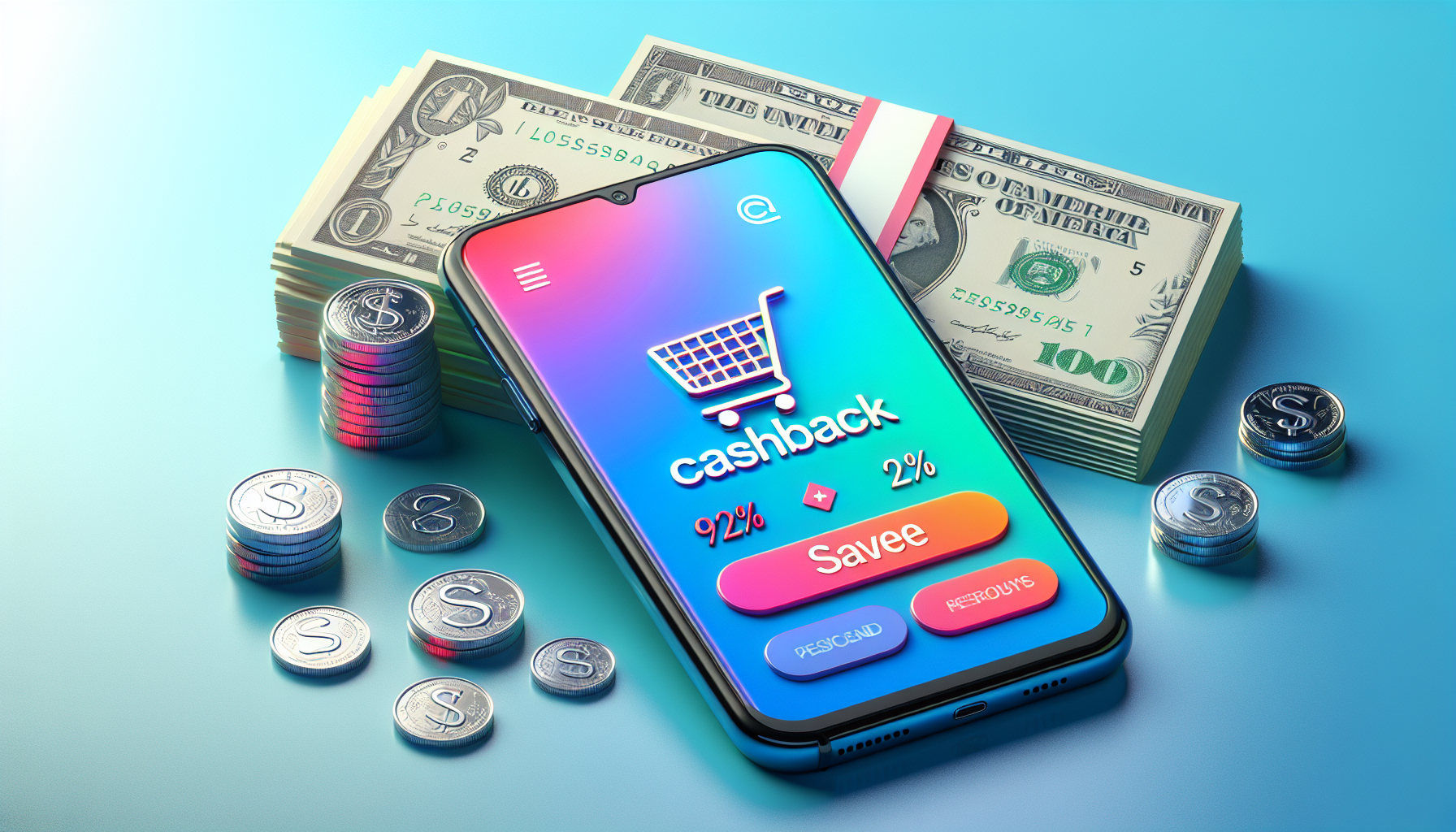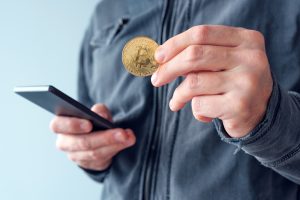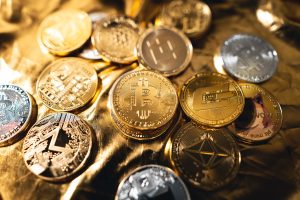As consumers increasingly seek ways to stretch their budgets in a fluctuating economy, cashback apps have surged in popularity, providing users with a convenient means to earn money back on everyday purchases. With the average American expected to spend roughly $1,000 annually on grocery items alone, the potential for savings can be significant.
Market Impact
The cashback app market has experienced remarkable growth in recent years. According to a report by Statista, the number of users of cashback applications in the United States reached nearly 50 million in 2022. Industry analysts project this figure to grow by an annual rate of approximately 15% over the next five years, suggesting strong consumer appetite for these financial tools. Major players in the space include well-known apps like Rakuten, Ibotta, and Shopkick, each offering unique incentives and various redemption options.
While cashback offerings can vary significantly, most apps provide rewards that typically range from 1% to 10% on purchases. Some platforms even feature tiered rewards, allowing users to earn higher percentages on specific brands or categories during promotional periods. The ease of use, combined with rising inflation rates and increasing consumer prices, positions cashback apps as an appealing choice for budget-conscious shoppers.
Expert Opinion
To understand the effectiveness of cashback apps, we consulted financial experts who highlighted the growing relevance of these platforms in today’s economic climate. Mary Keller, a personal finance advisor, notes, “With the cost of living continually rising, many consumers are looking for every possible way to reduce their expenses. Cashback apps not only offer savings but also encourage smarter spending habits by providing real-time insights into purchases.”
Moreover, Keller emphasizes the importance of comparing cashback rates across various apps. “Not all platforms offer the same deals, and users can maximize their earnings by utilizing multiple apps based on their shopping habits,” she advised.
Background
The concept of cashback is not new; however, technology has revolutionized its accessibility. Initially popular as a credit card feature, the transition to mobile applications has made cashback offers easier to redeem. Users can now effortlessly snap a photo of receipts or link their credit and debit cards to automatically receive rewards—removing the cumbersome steps that once deterred shoppers from seeking cashback promotions.
The rise of ecommerce has also played a pivotal role. As more consumers turn to online shopping, cashback apps have adapted by establishing partnerships with various retailers to offer exclusive online promotions. This shift has not only bolstered the use of these applications, but it has also enhanced consumer loyalty to specific platforms.
What’s Next
Looking ahead, the future of cashback apps appears promising, particularly as economic uncertainty continues to drive consumer behavior. Experts anticipate that these platforms will further integrate advanced technologies, such as artificial intelligence, to offer personalized cashback opportunities based on user shopping patterns.
Moreover, as sustainability becomes an increasingly significant concern for many consumers, cashback apps may evolve to include environmentally friendly purchasing options. This could promote purchases from sustainable brands and foster a new loyalty program that aligns with consumers’ values.
With intense competition dominating the market, cashback apps are not only incentivizing smart shopping but also creating a new ecosystem that rewards consumer engagement. As these apps continue to evolve, they promise to remain a staple in everyday financial decision-making for millions of users across the country.
In summary, the rise of cashback apps signifies a shift in how consumers approach spending, fostering smarter purchasing habits while providing tangible savings. As users look for innovative ways to combat rising expenses, these platforms will undoubtedly play a crucial role in the evolving landscape of personal finance.








